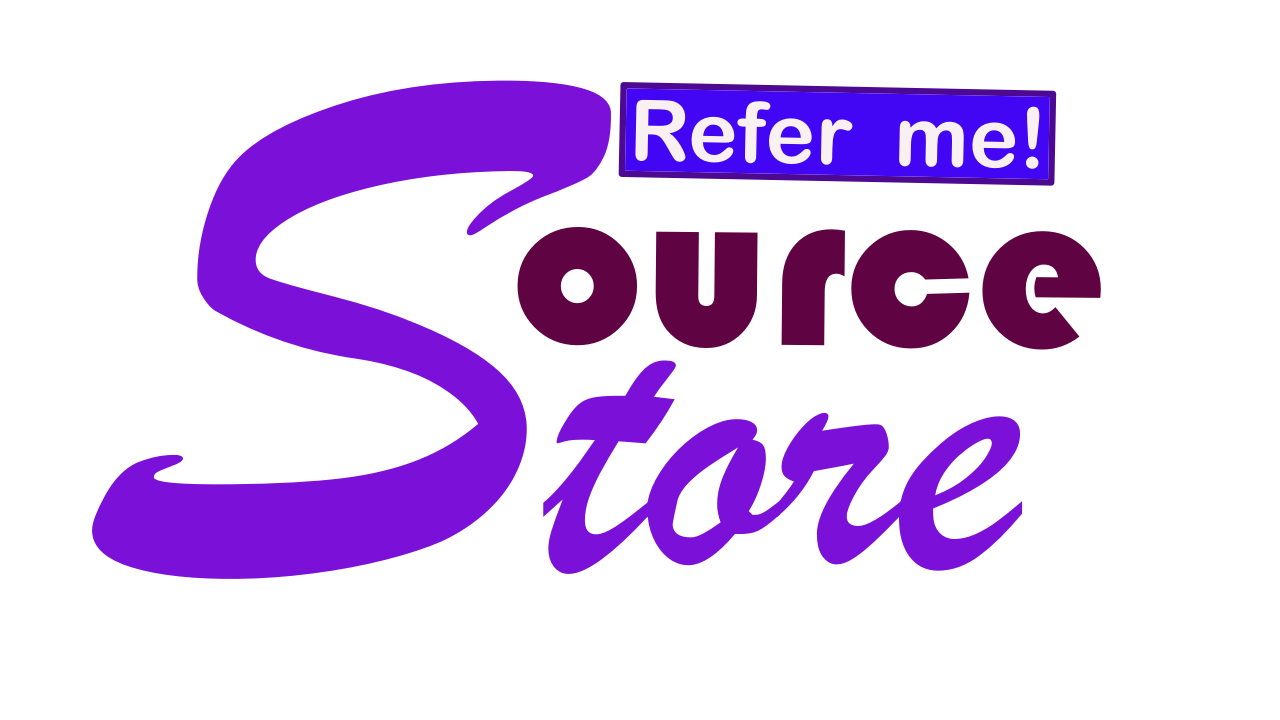Yes, here is a general outline for a business plan layout:
Sample business plan layout:
Here is a sample business plan layout for a sheep farming business in Ethiopia:
- Executive Summary: This section provides an overview of the business and includes the business's mission statement, products or services, target market, and financial projections.
- Company Description: In this section, you will describe the company's history, organizational structure, ownership, location, and legal structure.
- Market Analysis: This section details the market research you have conducted and identifies the target market and competition.
- Products or Services: In this section, describe the products or services the business offers and how they meet the needs of the target market.
- Marketing and Sales Strategy: This section outlines the marketing and sales plan for the business, including branding, advertising, and pricing strategies.
- Operations and Management: In this section, detail the day-to-day operations of the business, including production, logistics, and personnel management.
- Financial Plan: This section should include financial projections for the business, including revenue and expense estimates, cash flow statements, and balance sheets.
- Appendix: This section includes any supporting documentation or materials, such as market research reports, resumes of key personnel, or legal documents.
Sample business plan layout:
- Executive Summary: Briefly introduce the business and provide an overview of the products or services, target market, and financial projections.
- Company Description: Provide a more detailed description of the company, including its history, organizational structure, ownership, location, and legal structure.
- Market Analysis: Detail the market research you have conducted and identify the target market and competition.
- Products or Services: Describe the products or services the business offers and how they meet the needs of the target market.
- Marketing and Sales Strategy: Outline the marketing and sales plan for the business, including branding, advertising, and pricing strategies.
- Operations and Management: Detail the day-to-day operations of the business, including production, logistics, and personnel management.
- Financial Plan: Provide financial projections for the business, including revenue and expense estimates, cash flow statements, and balance sheets.
- Appendix: Include any supporting documentation or materials, such as market research reports, resumes of key personnel, or legal documents.
Here is a sample business plan layout for a sheep farming business in Ethiopia:
- Executive Summary: Introduce the sheep farming business and provide an overview of the products or services, target market, and financial projections.
- Company Description: Describe the sheep farming business, including the history of the business, its ownership structure, location, and legal structure.
- Market Analysis: Detail the market research you have conducted on the sheep farming industry in Ethiopia, including identifying the target market, competition, and market trends.
- Products or Services: Describe the products or services offered by the sheep farming business, including breeding, selling sheep, and processing sheep products.
- Marketing and Sales Strategy: Outline the marketing and sales plan for the business, including branding, advertising, and pricing strategies.
- Operations and Management: Detail the day-to-day operations of the sheep farming business, including the production process, feeding and care of the sheep, and personnel management.
- Financial Plan: Provide financial projections for the sheep farming business, including revenue and expense estimates, cash flow statements, and balance sheets.
- Risks and Challenges: Identify potential risks and challenges that the business may face and describe how the business will mitigate these risks.
- Conclusion: Summarize the key points of the business plan and describe the long-term goals for the sheep farming business.
- Appendix: Include any supporting documentation or materials, such as market research reports, resumes of key personnel, or legal documents.
